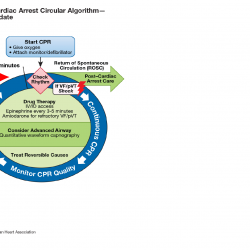Question 6: Right heart strain
Question 6 A pt presents with breathlessness : Describe the ultrasound findings that would suggest right heart strain and what features would suggest the findings is either acute or chronic ECHO findings suggestive of Right heart strain is TR velocity > 3.4m/s SPAP > 50 MmHg with or without additional echocardiographic variable suggestive of PH Read more about Question 6: Right heart strain[…]





